Faverolle høne


Faverolle History
Faverolles originate from the village of Faverolles in Northern France and were created from a mix of several different breeds of hen, Dorking, Brahma, Crvecoeur, Houdan, Coucou de Rennes and possibly the Cochin! The first true description of the breed came in 1893 and the salmon variation appeared later in 1895. They were bred specifically for meat production but they also produce a good number of eggs so are true dual-purpose birds. They have a broad, square body with small wings, a single upright comb, short neck, a striking beard and muffling. The head is broad and round and the eyes are reddish bay. The pinkish legs are sparsely feathered with the feathering concentrated on the outer toe. They have five toes, the fifth one points upwards.
Faverolle Behaviour
They are quiet, friendly, gentle birds that can actually become very affectionate towards their keepers and are an ideal breed for children. They are alert, active birds and the hens make very good broodies and mothers. The hens will actually lay prolifically over winter. Chicks grow quickly and develop fast on high quality food and will forage happily from an early age. They thrive in a run and are not good fliers so the fencing doesn\'t have to be very high. They are able to cope with damp grass better than chickens with more heavily feathered legs and feet but do suffer badly from Scaly Leg mite which causes terrible irritation to the birds. They require high quality feed to maximise meat production. The cocks can weigh in at around 11lb which makes them very good table birds. The small comb and thick feathering make them ideal for cold conditions. Like many other large breeds of hen, they are prone to being bullied by other hens if kept together with other varieties. They live for around 5-7 years.
Faverolle Varieties
The breed actually comes in three different types - the original French Faverolles, The German Faverolles and The British type with the following colours - Black, blue (laced), buff, cuckoo, ermine, salmon, white.
Faverolle Status
Rare
Billeder af Faverolle


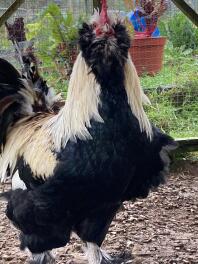



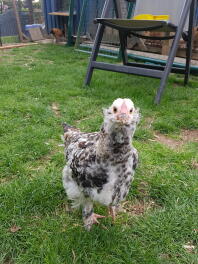

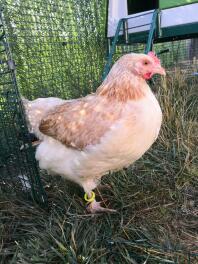




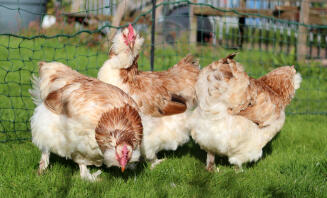
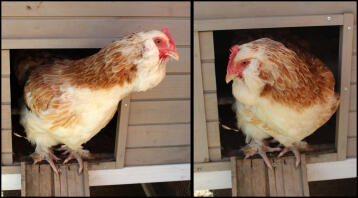
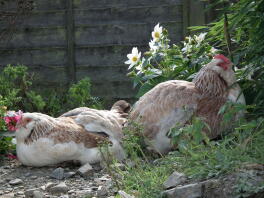







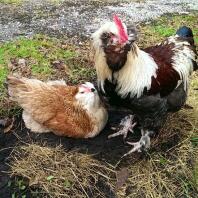





Faverolle For Sale
Please note:
Alle dyr anført her er kun til afhentning. De kan ikke leveres af sælger eller af Omlet. Sælgeren sender dig deres kontaktoplysninger for at arrangere betaling og afhentning.
Sell Yours Here
det er gratis
Sorry, there are currently no Faverolle listed for Sale
Breeder Clubs for Faverolle
British Faverolles Society
Email: nicolawilliams991@hotmail.com
Website: www.faverolles.co.uk
Telephone: 01782 839881
British Waterfowl Association
Email: info@waterfowl.org.uk
Website: www.waterfowl.org.uk
Telephone: 01892 740212
Domestic Waterfowl Club
Email: hatcher579@btinternet.com
Website: www.domestic-waterfowl.co.uk/
Telephone: 01488 638014






